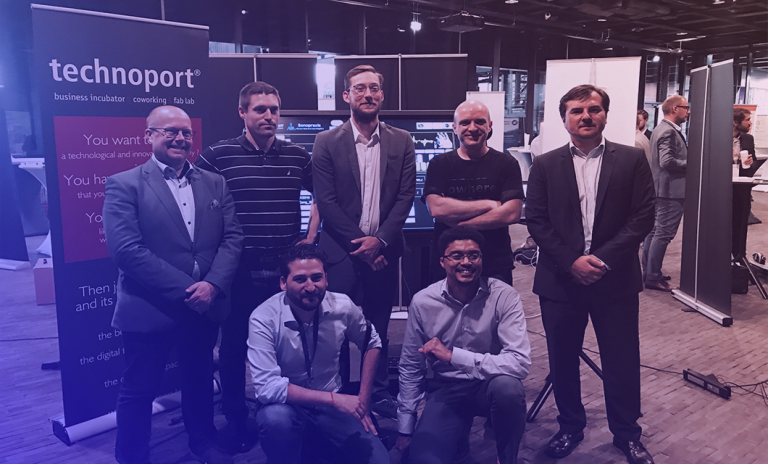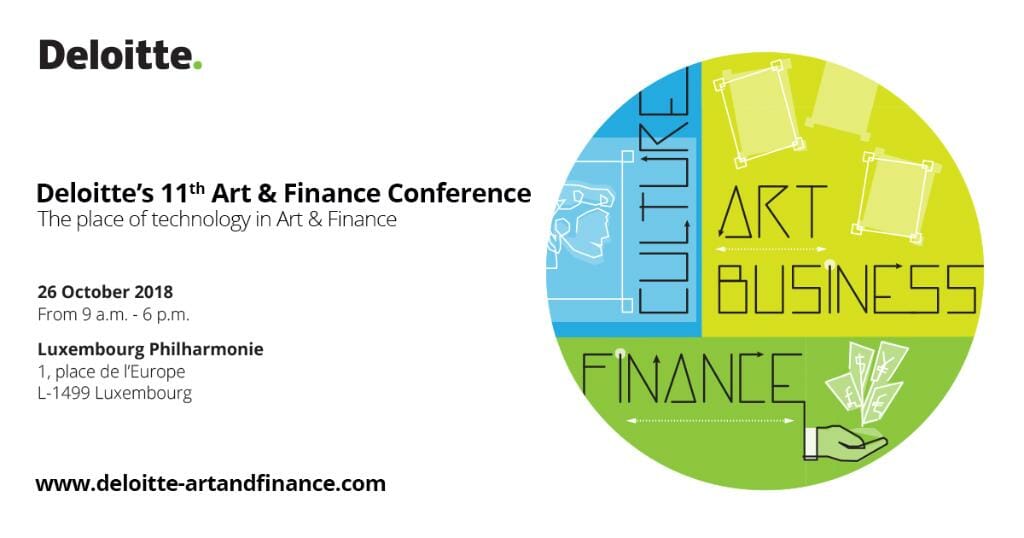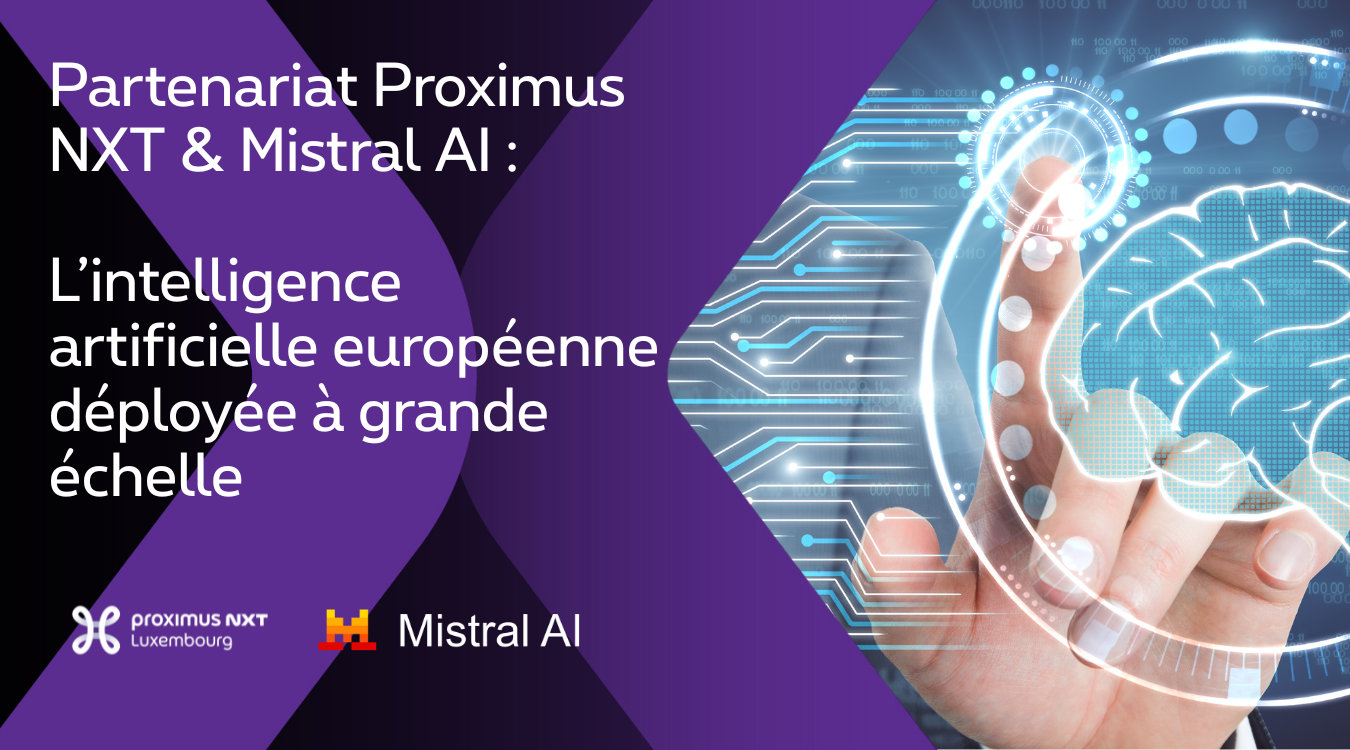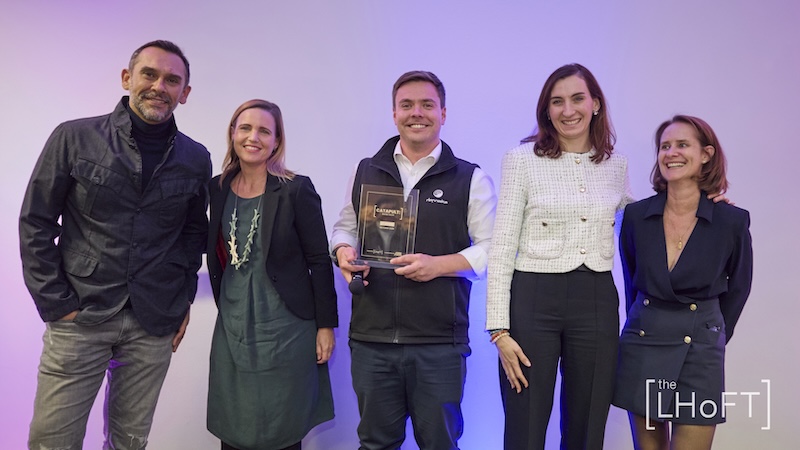In an effort to get to know the Fintech ecosystem and their representatives better, we asked them a few questions as a part of our series of interviews: The Innovators. This time we caught up with Olivier Zephir, Founder of Spectrum, who are taking part in Deloitte’s 11th Annual Art & Finance Conference “The place of technology in Art & Finance” developed in partnership with the LHoFT.
“Technology is a significant resource to explore new means of value creation, and to optimise existing operational processes within Art & Finance.” – Olivier Zephir

Spectrum: collaborative digital asset creation backed by blockchain
Olivier, your team developed Spectrum as a part of Technoport’s interdisciplinary experience with digital asset creation, can you tell us a little about yourself and that process?
We started to work at Technoport on the digital assets topic two years ago. Ending 2016, I coordinated the launch of DX-Studio (Digital Experience Studio), a digital workshop facility of Technoport that supports entrepreneurs access to the latest media hardware and software to develop and test innovative digital technologies. As a Business Advisor with a background in Industrial engineering my mission is to support entrepreneurs in the validation of their technological concept with interested parties, end-users as business partners. We validated the launch of the DX-Studio on the basis of our corporate partners and entrepreneurs feedback regarding the need of technological test benches for concept proofing. In fact, we have captured the needs across digital industry players, one of them was the digital media and entertainment industry. As a member of the Luxembourg Creative Industries steering committee I interact with field players and confirmed the impact of the future internet of value, internet of transactions, across the digital media and entertainment industry. That industry is shifting from a model of content management from creation to distribution to a model of digital assets administration where multiple stakeholders share and trade value seamlessly. It is in that context that we have launched within the DX-Studio the Spectrum project in 2017, an exploratory project to explore and test the use of decentralised technologies for digital assets life cycle management. In 2018 we received the support of Digital Luxembourg that is currently allowing us to develop a Decentralised Digital Assets Catalogue, DDAC. The DDAC will allow to digital creatives to use a Single Point Of Truth (SPOT) engine to generate digital assets at the early stages of creation. This process facilitates digital assets life cycle management in terms of collaborations, trade and ownership.

See Spectrum at the 11th edition of Deloitte’s Art & Finance Conference.
How can blockchain simplify the process of rights administration and revenue distribution in the art world?
The Blockchain as a shared ledger technology provides an efficient single point of truth in transactional networks. This means that the parties of the art world can operate their business relations on a single and immutable source of data when trading a given art asset. That asset would be associated to a Blockchain based fingerprint, a proof of authenticity that records the rights owners. The systematic association of artistic assets to trustable fingerprints in business processes will allow automated due diligence with no need of third party to recognise the eligible rights owners subject to revenue distribution.
Spectrum is currently purely a Luxembourg based project, but could expand globally. What could this mean for the creative industries? How do you intend to work with other industry players, such as the music industry?
The Spectrum project and the related partners is Luxembourg based as the strategic objective is to promote through the project the technological capabilities and related knowhow that international players can access in Luxembourg. The project was nurtured from a EU-exchange programme with the Edinburgh creative hub. During that collaboration the DX-Studio team has initiated the formalisation of a “digital asset creation process” to explore and understand digital assets life cycle management across creative industries value chains. We tested our models with digital music industry players as we have a consolidated network in that field to easily operate technical tests and to collect significant feedback. With the support of local music industry players as the Rockhal we have develop a demo tool to demonstrate real-time asset creation by music practitioners. The spectrum demo tool received the recognition of the Sonar international music and technology fair in Barcelona. Spectrum was showcased during Sonar 2018 and our participation triggered relevant exchanges with the music industry and digital media players.
Who is your role model, and why?
I do not have a specific role model but get inspired by leaders across various disciplines of business, culture or sports that are able to consolidate harmonious and impactful teams that achieve ambitious objectives. Such examples represent a source of inspiration for me to address new challenges.
Any personal insight on “The place of technology in Art & Finance” you want to pass on to readers?
Technology is a significant resource to explore new means of value creation, and to optimise existing operational processes within Art & Finance. New technologies such as distributed ledgers or artificial intelligence undoubtably carry interesting potential for Art & Finance.






